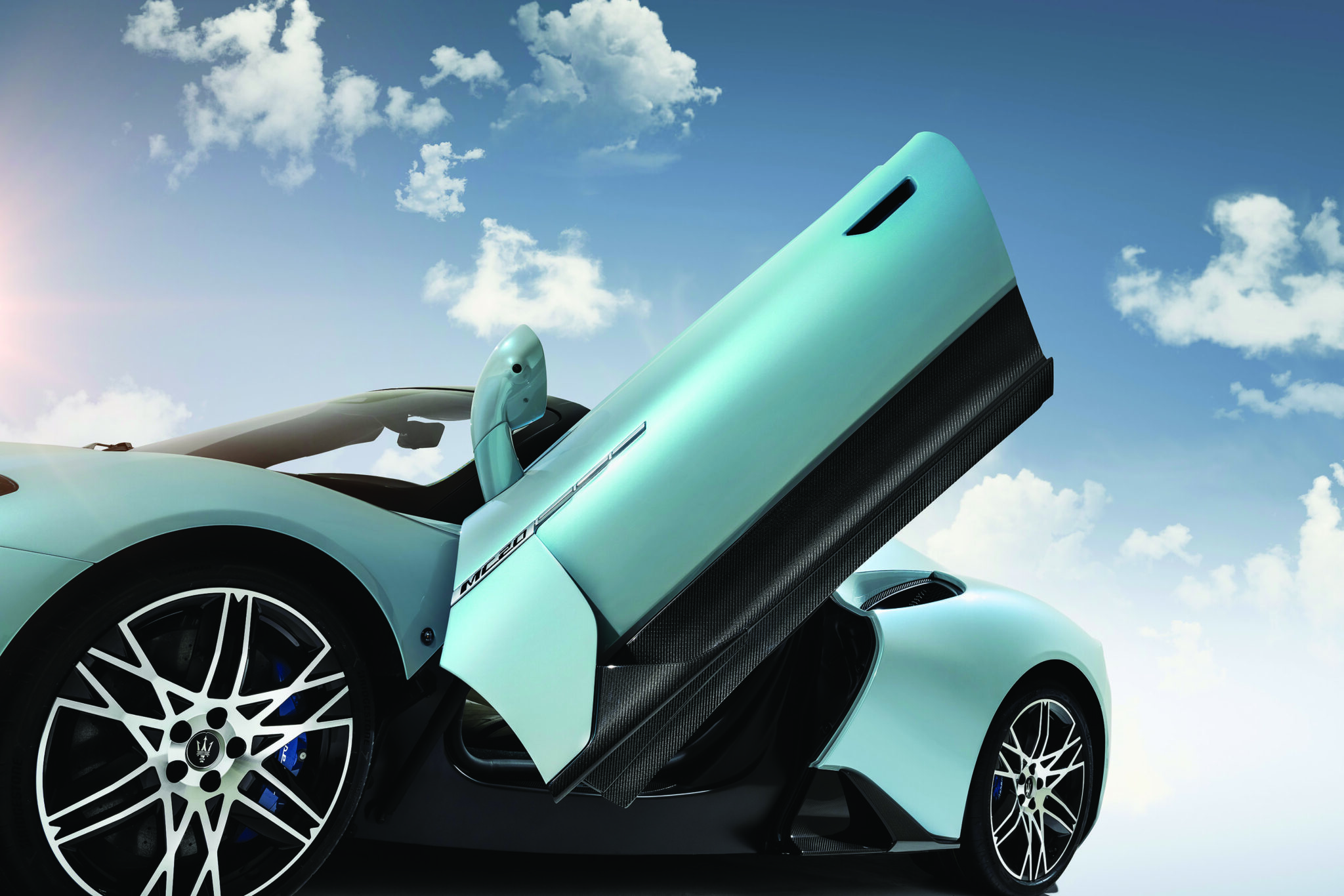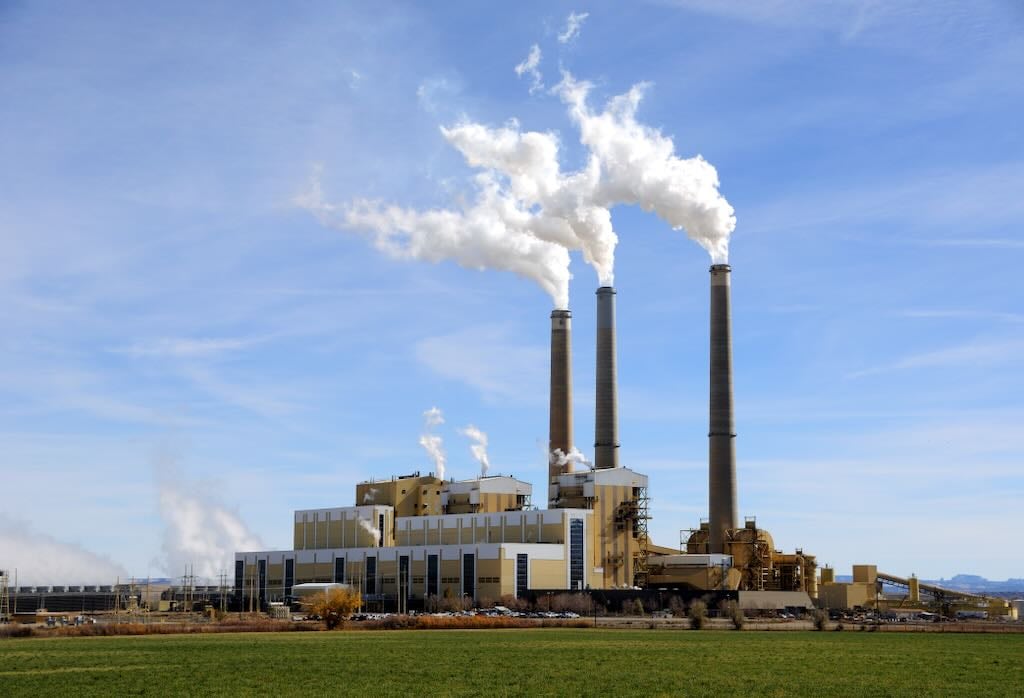Only a handful of names personify the word ‘vroom,’ and there’s little point in ranking them since that can only result in bloodshed. But no matter what speed flag you’re waving, no one can argue that Maserati doesn’t belong on the list. The company has been pushing out supercars since 1926. These days, Maserati still puts out supercars, and it’ll keep on doing so, but after talking with Maserati USA CEO, Bill Peffer, it’s evident that it won’t be doing supercars the same way anymore. This company is looking to evolve—fast.
“We started reinventing our brand in 2020 with the introduction of the MC20,” says Peffer. “And when we came out with the Grecale a little later, we immediately said we’d be offering gas and fully electric versions of all our cars in the future.” So far, Maserati is still on track to deliver on that promise. That’s terrific news for Maserati, since it’s pushed the company into profitability for the last two years and even popped it ten spots up in the previous JD Power quality survey. The question is, what does it mean for customers?

When asked where customers will see the brand heading, Peffer really seemed excited—more than you usually see from a CEO-type during a press interview. “We want to go from sedans to selling luxury UVs and supercars,” he said. So, electric luxury and supercars?
Yes, though it’s undoubtedly not dropping its gas-powered lines yet. To prove it, the company revamped its engineering alliance with Ferrari and developed its own twin-turbo V-6 engine, called the ‘Nettuno.’ So, if you’re looking for that throaty roar, you’ll still find it in Maserati’s top-end luxury brands and supercars, like the MC20 and the GranTurismo.
But Maserati is also getting into EVs, and it’s not dipping in the proverbial toe. This company is swan-diving into electric propulsion, skipping the hybrid concept altogether and doubling down on all-EV powertrains. This is a move that sets it apart from its competition. Developing the super-hot Nettuno engine is on brand for Maserati, but why skip over hybrids and jump directly to fully electric cars?

“We didn’t see the need for a hybrid step,” says Peffer. “We want to sell luxury and supercars, and we don’t think our customers should have to sacrifice anything along those lines, no matter what kind of engine winds up in the car.”
To that end, Maserati has developed battery configurations that will fit every car in its portfolio, so whether you run on gas or volts, you’ll drive the same vehicle. Maserati calls this plan “Folgore,” the Italian word for lightning. “Maserati will offer all models in gas and electric versions by 2025,” says Peffer, “and in alignment with the Stellantis “Dare Forward 2030 plan, the product range will be electrified.”
Peffer says giving customers precisely what they want regarding the drivetrain—and any other aspects of the car, for that matter—was critical to Maserati’s mission when it started its brand overhaul in 2020. This year, the brand re-introduced the GranTurismo, one of those cars that stops your brain for a few seconds when you first focus on it. If you’re on the gas-burning side of the fence, then know that the GranTurismo is where you’ll find a variation of the MC20’s Nettuno engine, which puts out more than 542 horsepower that’ll take you from 0 to 60 mph in 2.7 seconds, or, in my case, 120 heartbeats and a muffled scream.
But without changing the body or interior, you can have a model like GranTurismo in an EV version. “In 2020, we came out and said that all our cars would be coming out with a fully electric option, including the recently launched GranTurismo coupe. And for that car, we’ve developed a specific battery configuration we call the ‘T’ specifically so it could fit into the GranTurismo chassis with no modifications.”
You’ll be sitting on either side of the battery packs using the T configuration, whereas most of the competition has you sitting on top of them. So not only are a bunch of batteries not frying your buns, but it also means the car’s weight is better balanced, translating to better all-around performance.
Where the MC20 looks like a speed demon but can turn itself into an ultra-luxurious ride depending on how you drive, the GranTurismo places its visual emphasis on sleek luxury. Though don’t kid yourself; it may be the more mid-range GT, but it’s got almost the same number of screaming demons under the hood as the MC20.
So where does that leave the rest of the Maserati line? For the most part, they are on their way out, according to Peffer. “In August, we’ll be showing the 2024 Ghibli 334 Ultima and a special-edition Levante V8 Ultima at Pebble Beach,” he said. But he went on to say that both those models will be minimal runs and that they represent the last of Maserati’s Ferrari-based V8 models.
After that, Peffer says, Maserati will focus on the Grecale as its luxury UV, the GranTurismo as its ultra-sleek GT, and the MC20 as the top-of-the-brand supercar. All will have EV variants, which will be true of any other cars Maserati might release.
“Whether gas or EV, we don’t want our customers giving up anything in terms of style,” says Peffer, and if what he says about the GranTurismo is true, they won’t. According to him, in its electric version, the GranTurismo sits only 3mm higher than the gas-burning model.









